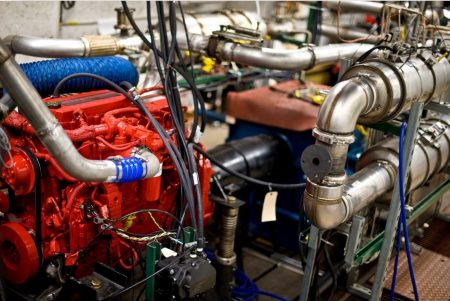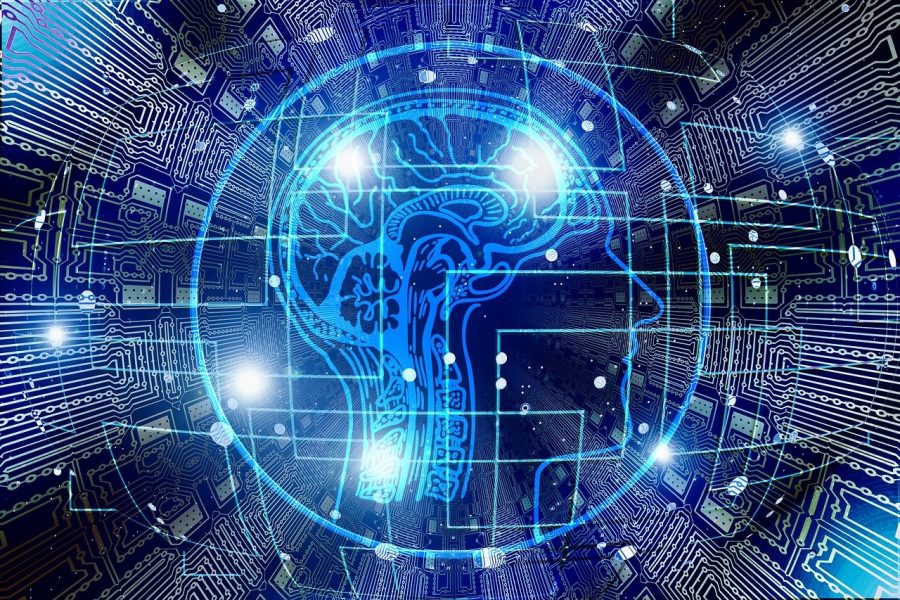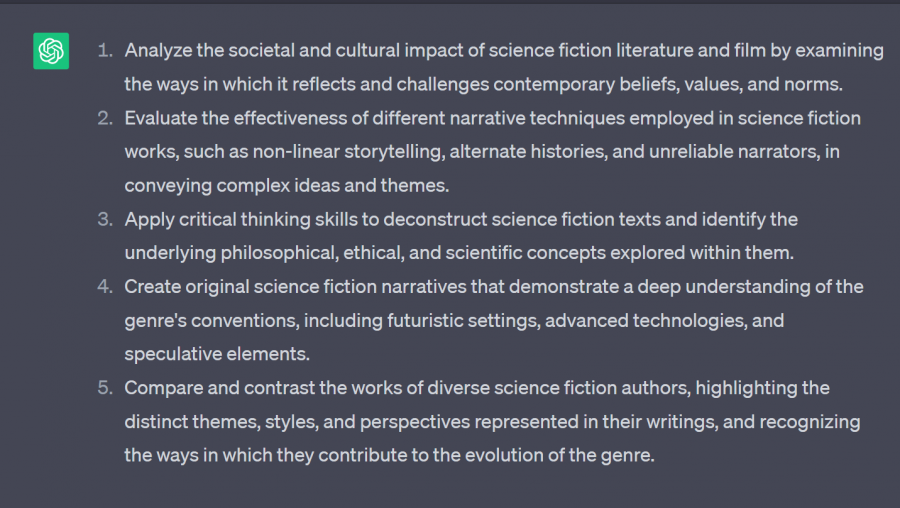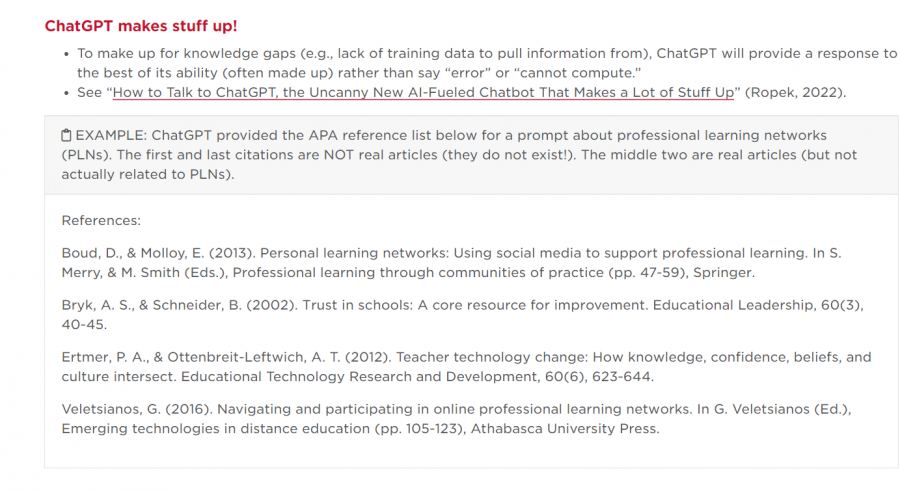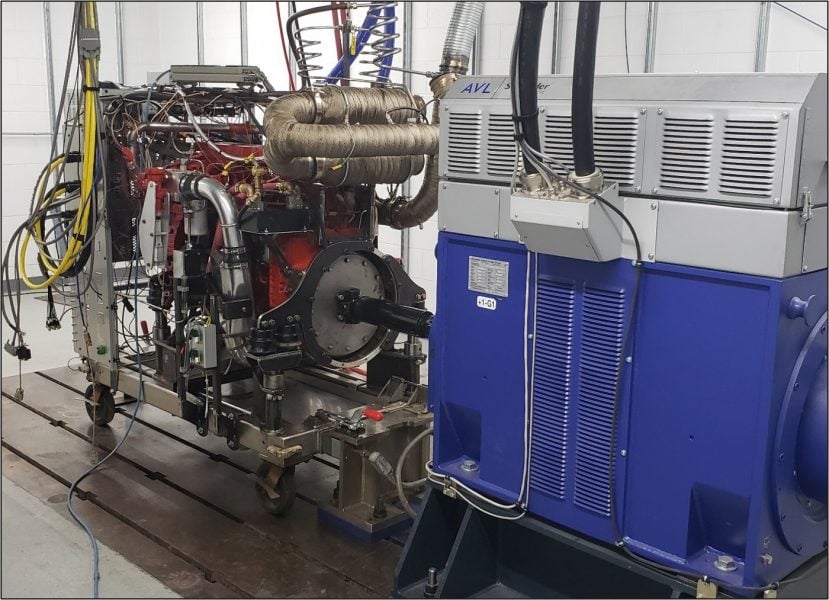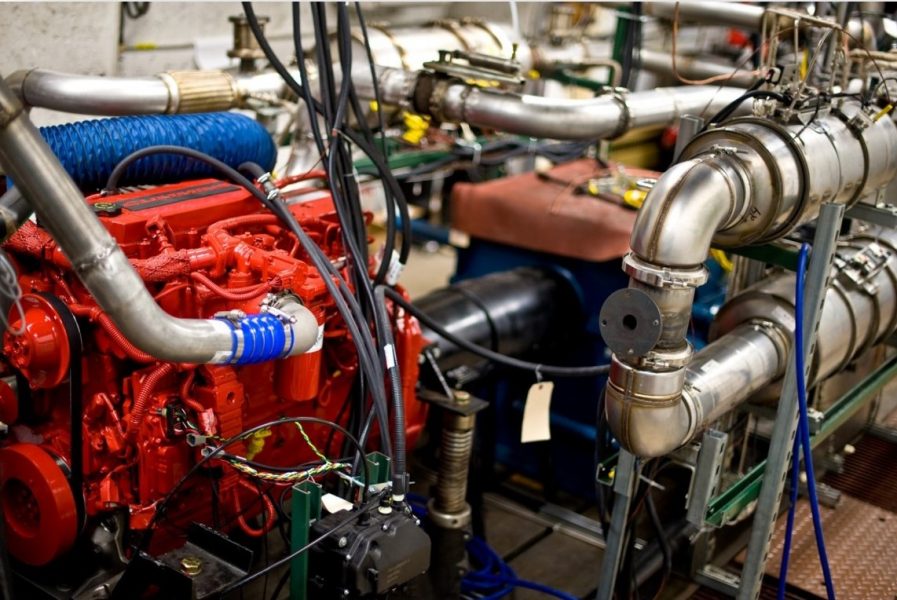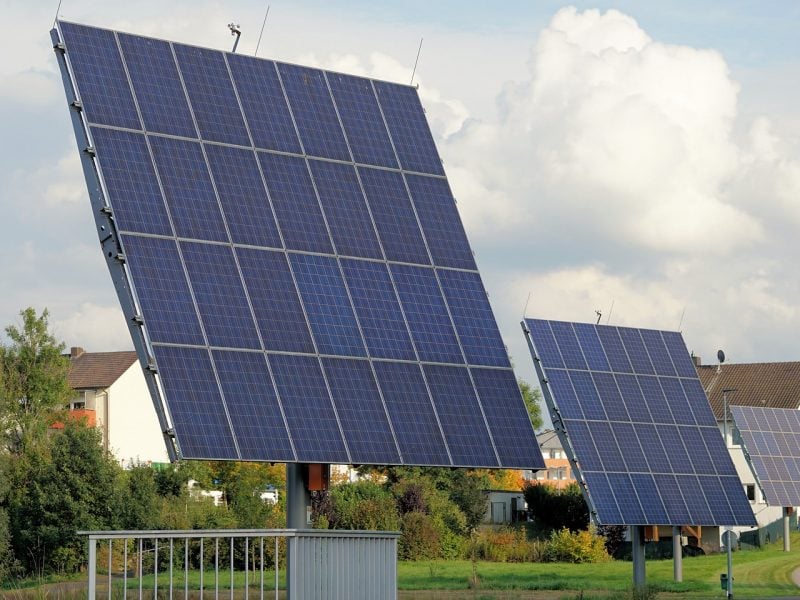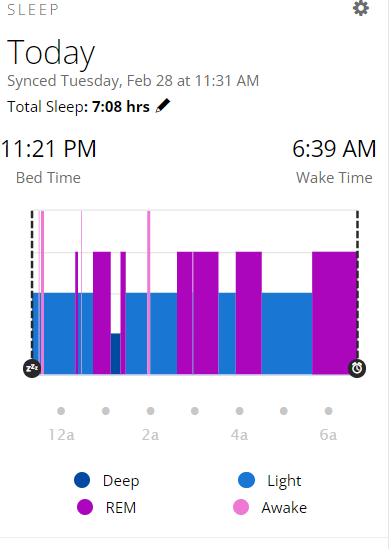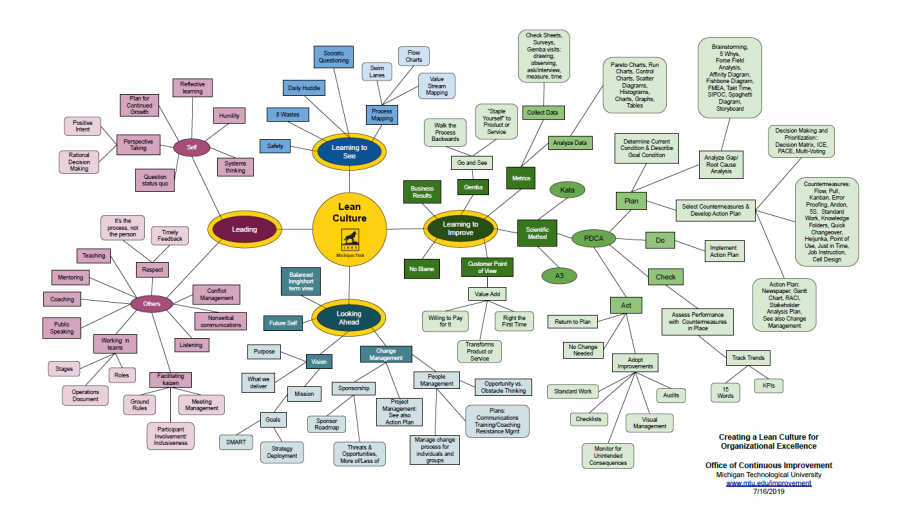
As you can see from the Mind Map above, Lean definitely matters to Michigan Tech.
“Start somewhere and learn from experience.”
“Helping people create more value on their own represents on of the highest forms of respect.”
Helping people learn from experience, equipping them with both the skills and habits of mind to create value, and instructing them in Lean thinking and practices are gifts that Ruth Archer has enthusiastically provided to the Michigan Tech community for over a decade.
Director of Continuous Improvement for Michigan Tech since 2014, Archer “is responsible for facilitating improvements that close the gap between current state and the university’s strategic goals, fostering the continuous process of people development, and promoting collaborative partnerships and sharing Lean expertise in the state, the nation, and the global community” (Faculty Profile).

And in just over a month, she will be contributing her leadership and Lean skills to the 2023 Lean Solutions Global Summit. The summit will be held October 2 – 4 at the VanDyk Mortgage Convention Center in Downtown Muskegon, Michigan. This event includes tracks for the LEAN presence in four industries: healthcare, government, business, and higher-ed/non-profit.
At the summit, Ruth and Debra Levantrosser will share a session for the higher ed track. Debra is a lecturer at the University of Michigan, founder and lead advisor for Arbed Solutions, and chief executive at Shimmy Shack. In this session, Debra will discuss what is being taught to our future Lean leaders whereas Ruth will provide advice and plans for implementing Lean in a higher ed institution.
Putting Down Lean Roots
Ruth (what she prefers to be called) is also an MTU Alum (BSEE ‘86) and multifaceted thinker who combines her engineering experience and Lean expertise with a rich, interdisciplinary education. After acquiring her MBA in 1991, she went on to earn a PhD in Business Administration (2016). For her doctorate, she specialized in Industrial/Organizational Psychology (Northcentral University). You can read more about Archer’s accomplishments and credentials at her MTU page.
And her Lean roots go way back. That is, they were seeded in her work as an aircraft mechanic for the United States Air Force (USAF) in the 80s. There, she quicky discovered how “visual management, standard work, 5S, and more were integral to our everyday work.”
Michigan Tech, too, has a long history with continuous improvement.
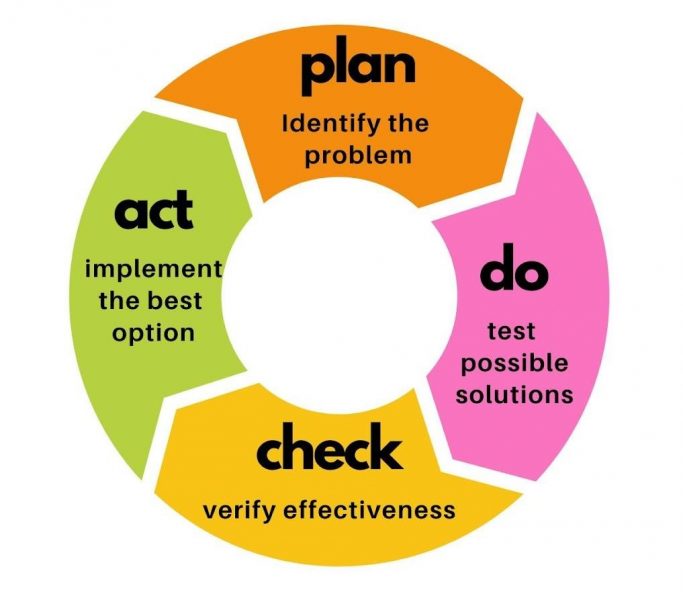
That is, in 2008, President Glenn Mroz brought in a Lean consultant to train and coach a Lean Implementation Staff.
Shortly afterwards, that same year, Michigan Tech held its first on-campus kaizen (continuous improvement) event.
Since that time, Lean has expanded across the university; there have been over 210 events involving more than 750 people.
Ruth, in fact, has always been a significant driving force behind Michigan Tech’s commitment to continuous improvement. Along with others, she has helped bring Lean to life.
She also lends her leadership and expertise to two student organizations: Leaders in Continuous Improvement and Silver Wings.
Sharing Her Skills in the Classroom
I believe in the Starfish principle; I might not be able to help everyone but I can make a difference to one! When I support others in learning and practicing the Lean fundamentals–respect for people and continuous improvement–they use their skills to improve their situation, reducing stress and releasing creativity in an upward spiral of changing their lives for the better.
What many might know Ruth for the most is her work in the classroom, both in-person and online. She graciously teaches several courses on Lean principles, teamwork, and communication, which are always well attended and received. And it is largely because of these courses that Michigan has a wealth of Continuous Improvement facilitators and implementation leaders.
Furthermore, anyone who has ever taken a class with Ruth can speak to her limitless knowledge, incredible organization, and boundless energy. That is, she keeps students on their toes with her quick pace, insightful commentary, probing questions, and interactive exercises. If you take one of her courses, your head will be full, I promise.
Helping Her Students Embrace Lean Culture
I make these claims from experience. That is, thanks to generosity of my supervisor, VP David Lawrence, I enrolled in Archer’s online vigorous 7-week course in 2022-2023. From my perspective and that of many others, Archer never seemed to flag (or lose her patience) as she guided us through essential Lean concepts and applications. She made us think about our assumptions, the importance of adding value to our jobs and our workplaces, and the significance of continuous improvement everywhere. With her, we learned about the forces that help and impede change management.
Ruth once asserted, “You can’t unsee Lean.”
She was right. To this day, for instance, I can’t unsee the waste encountered on my job: whether it is sending ten emails to get one answer, searching through six tabs on a webpage to cull essential information, or noticing redundancies (and gaps) in people’s roles. Her course made me analyze and work to ameliorate waste, inefficiency, and unnecessary work.
Throughout the course, Ruth always encouraged all students to take the opportunity (or maybe the gift) to reflect, to challenge themselves, to use continuous improvement principles in their own ways.
Joining Ruth at the Summit
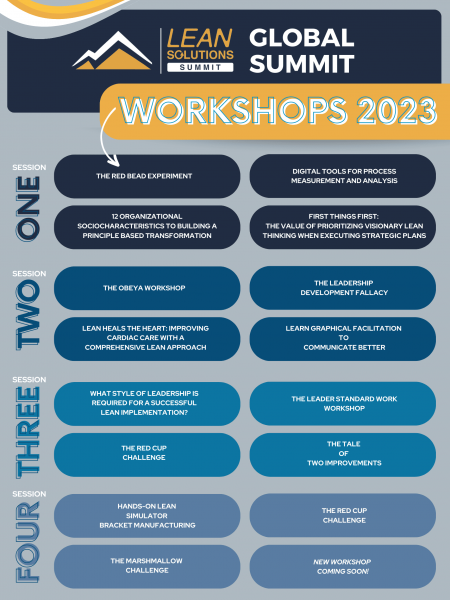
Michigan Tech is excited to be a track partner for the Lean Solutions Global Summit.
If you would like to see Ruth in action or participate in the Lean Solutions Global Summit, you can register below.
Along with talks, the summit also includes teambuilding activities and several workshops. In addition, there are fun, educational tours of Zingerman’s and Menlo Innovations, where people can see Lean in Action.
Use the code SUMMIT500 to save $500.00 on your registration fee.


